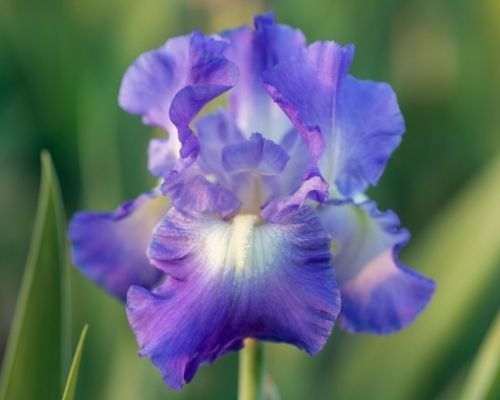Your Guide to Planning, Planting, and Growing Iris
Iris are among the world’s most beloved and easy to identify flowers. They can be found growing wild on almost every continent, from dry, rocky coastlines to cold alpine meadows and steamy swamps. Today's gardeners can choose from many different types of iris, and a rainbow of gorgeous colors. Matching the right iris to the growing conditions in your garden is all it takes to enjoy growing these beautiful, easy care perennials.

Plan for Success
Sun or Shade: Iris flower best in full sun, though most can also be grown in dappled shade.
Zone: Iris reticulata and Dutch iris are hardy in zones 5-9. Bearded iris, Siberian iris and Japanese iris are winter hardy in zones 3-9. Louisiana iris are hardy in zones 6-9. Find your hardiness zone HERE.
When to Plant: Plant iris reticulata in fall for spring flowers. Plant other types of iris in early spring or early fall when the plants are dormant. Container-grown iris may be planted at any time during the growing season.
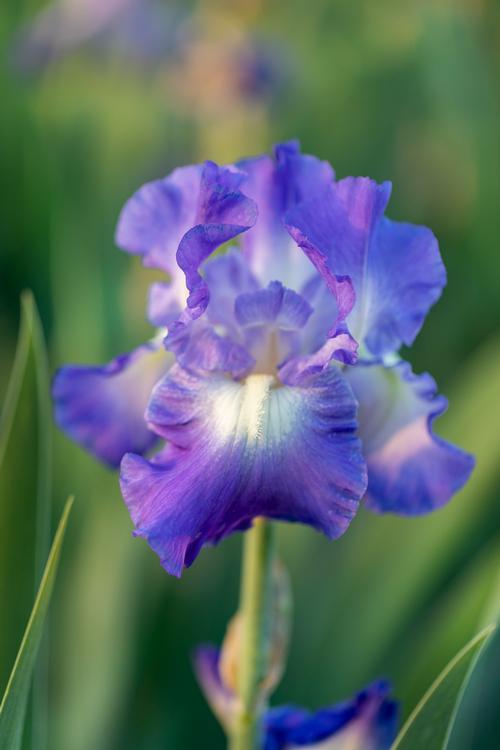
Types Of Iris
Bearded Iris: Also known as German iris, bearded iris bloom in mid to late spring. The flowers have upright petals called "standards" and cascading petals called "falls". Running down the center of each fall is a “beard” that resembles a furry caterpillar.
Bearded iris have flattened, sword-like leaves. Depending on the type of iris you are growing (dwarf, intermediate, tall), they range in height from just a few inches to more than 3 feet tall. Bearded iris have thick, fleshy roots (rhizomes) that grow on or very close to the soil surface. For best results, grow bearded iris in full sun with well-drained, neutral to slightly acidic soil.
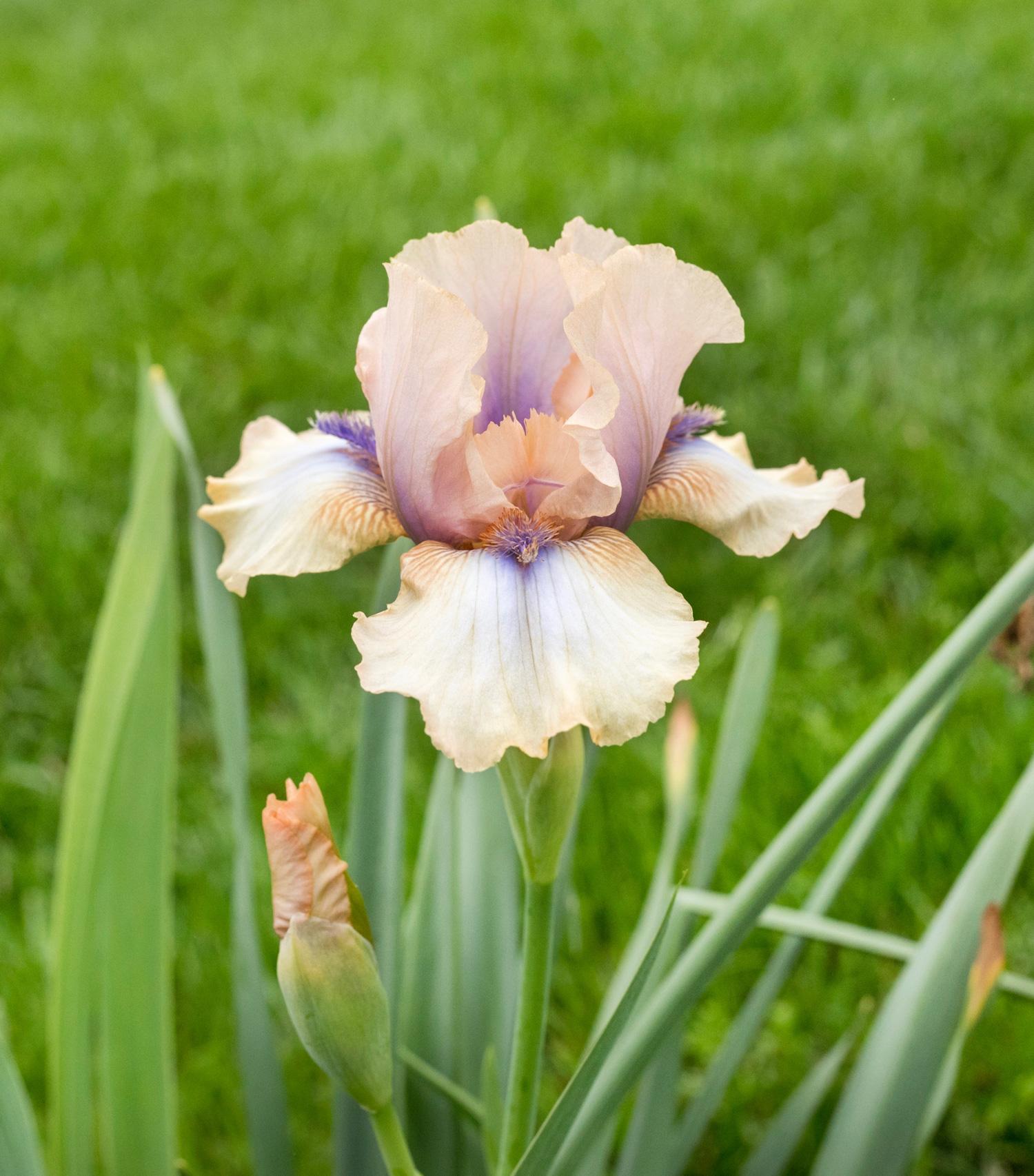
Beardless Iris: The plants in this iris family include Siberian iris, Japanese iris (Iris ensata), and Louisiana iris. All have an upright growth habit, long, strappy foliage and dense, fibrous roots. They may be grown in full sun or partial shade.
Siberian iris are extremely hardy, vigorous and adaptable. They form large clumps and have grassy, upright foliage that maintains its good looks all season long. Siberian iris flowers are considerably smaller than bearded iris and bloom from late May into June. They prefer relatively acidic soil and consistent moisture, but will tolerate periods of dry weather.
Japanese iris flowers are as big as an outstretched hand. The upright standards are short and the falls are long, which gives the flowers an open look. The plants need moist soil and grow well beside a pond or stream.
The flowers of Louisiana iris can be as subtle as wildflowers or almost as big and flashy as bearded iris. In Louisiana, Florida, Arkansas and Mississippi, the plants can be found growing wild in ditches, near wetlands, and in other moist areas. Louisiana iris are not as winter hardy as other types of iris, and grow best where summers are hot and humid.
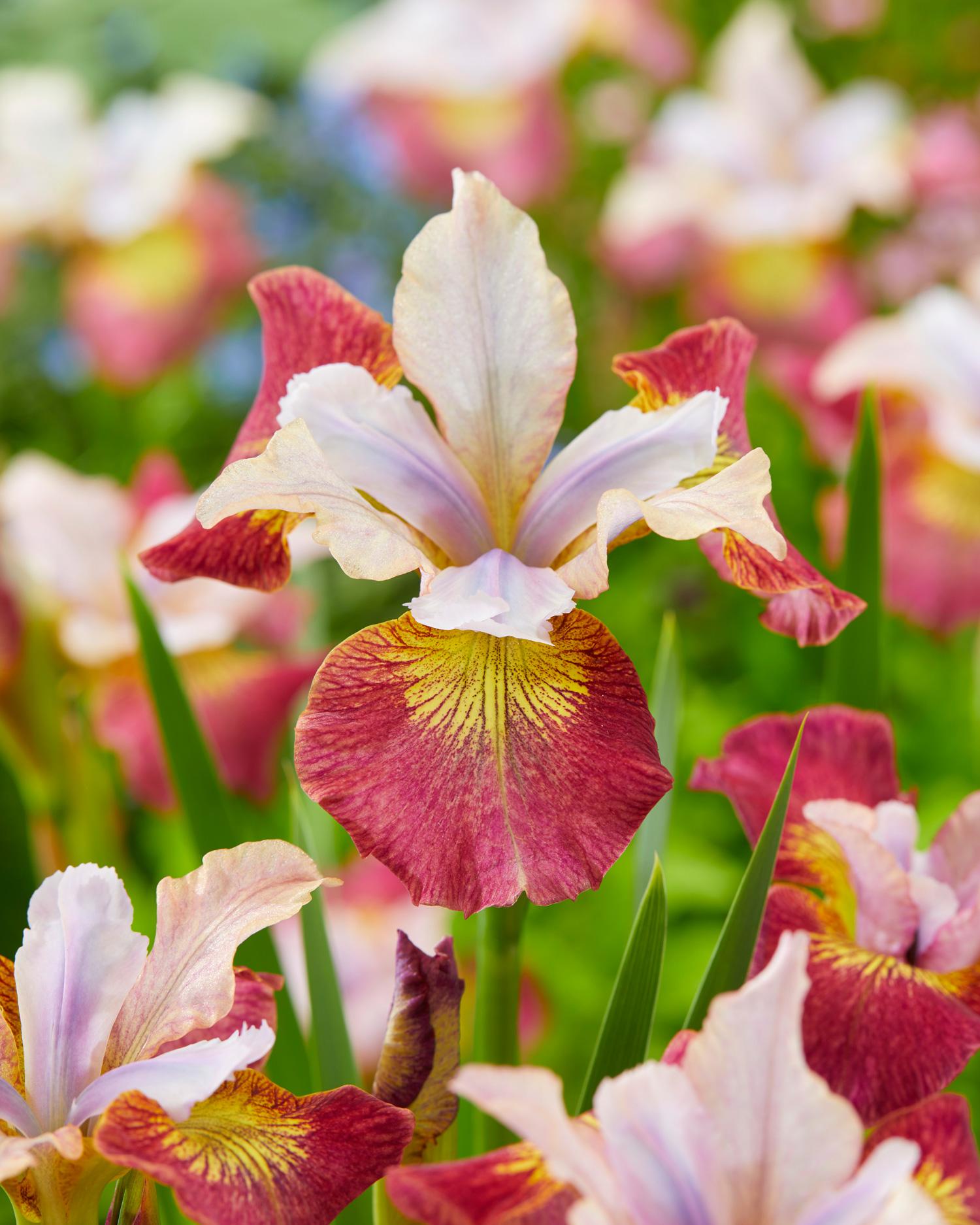

Where to Plant Iris
Perennial Gardens Bearded iris are classic plants for perennial gardens. They bloom in early summer at the same time as roses, peonies, poppies, lupines and dianthus. Siberian iris are also good performers in a mixed perennial garden. Even when the plants are not in bloom, the upright foliage adds a strong vertical accent.
Naturalized Plantings Beardless iris are good companions for ornamental grasses, sedum, rudbeckia and other naturalistic, low maintenance perennials. Since they prefer consistent moisture, they are a good choice for planting at the edges of ponds and streams. All will thrive with little or no attention.
Rock Gardens and Dry Areas Bearded iris need moisture in the spring, but once they finish flowering, the plants go dormant and the rhizomes should be kept as warm and dry as possible. Coarse, fast-draining soil is ideal. Consider planting them at the edge of a sidewalk or in a poor, gravely area.
Rain gardens Siberian iris need moisture to get established, but after a year or two the plants become drought tolerant. They will tolerate poor soil and alternating periods of wet and dry.
Cutting Gardens All iris are great cut flowers. Though the blossoms last only a day or two, each stem has multiple buds that will open in the vase.
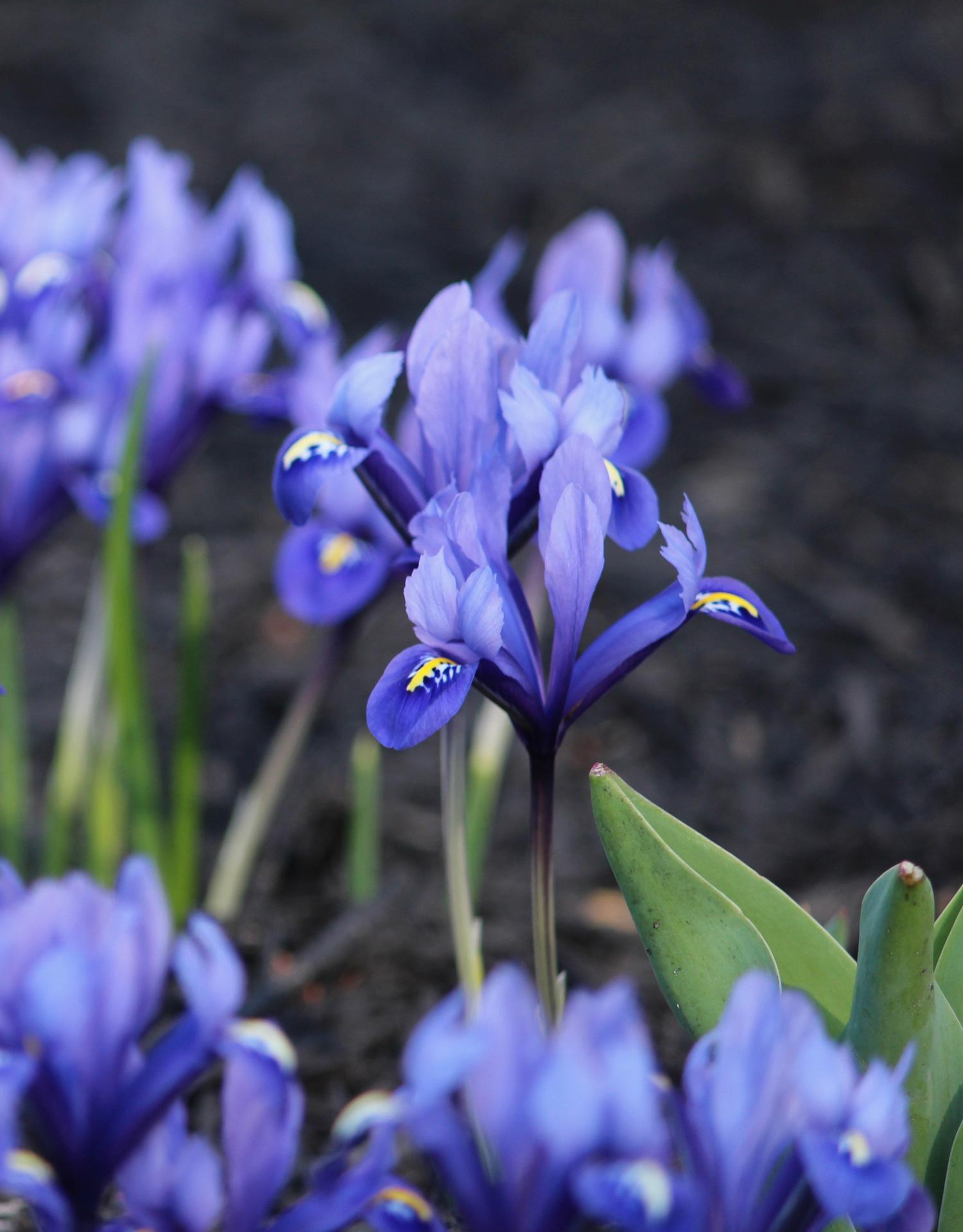
How to Plant Iris
Loosen the soil 12” deep and mix in several handfuls of compost and some all-purpose granular fertilizer (follow package directions).
When planting bearded iris, the rhizomes should be positioned horizontally and remain partially exposed to the sun. For other types, position the crown of the plant (where the roots meet the stem) about 1½” below the soil surface. Bulbs should be planted 4 to 5” deep, depending on type.
After planting, cover the rhizomes with soil and water as needed.

Tips for Growing Iris
Bearded iris should have access to plenty of moisture from spring until they finish flowering. Then from midsummer through fall and winter, the soil should be kept as dry as possible. To minimize fungal diseases, avoid crowding the plants and make sure there is good air circulation around the foliage.
During the first growing season, while the plants are getting established, beardless iris should be watered weekly or when the soil is dry. Like all perennials, it will take a full year for the plants to settle in and begin producing a great display of flowers.
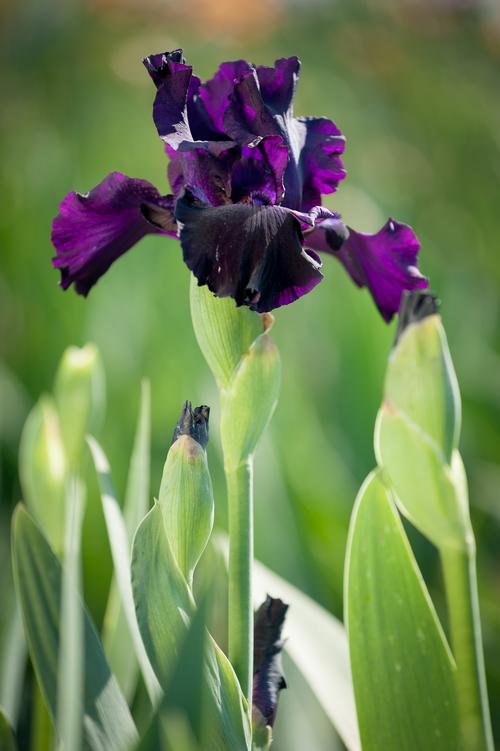
Caring for Iris
Iris begin active growth in very early spring and this is the ideal time to fertilize the plants. Distribute a shovelful of compost around the base of the plant. For bearded iris, make sure not to cover up the rhizomes.
Bearded iris should be divided every two to three years to ensure a good crop of flowers. Do this in mid-summer, about a month after the flowers have faded. Use scissors to cut the foliage back to one-third its original height. Dig the clumps and the separate healthy new rhizomes from the older, less-productive rhizomes near the center of the clump. Discard rhizomes with holes (from insect damage, see Iris Borer, below) or soft spots. When dividing iris, make sure each section has at least one set of 3 to 4 leaves. Replant only the healthiest, most vigorous groups of rhizomes, allowing about 10-12" of space between the clumps.
When dividing other types of iris (such as Siberian and Japanese), it's usually easiest to dig out the entire root ball and then divide it with a spade or knife. Replant only the most vigorous chunks. Another alternative is to leave the plant in the ground and use a sharp spade to carve out and remove the dead or weak areas.
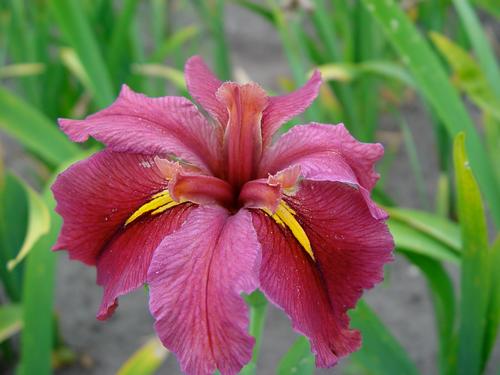
Iris Borer
In the eastern US, the iris borer attacks all kinds or iris. Though this pest may not kill the plant, it causes streaked or spotted leaves and can make the rhizomes mushy. The borer is a pinkish caterpillar that burrows into the leaves and then starts moving down into the root zone. As the caterpillars feed on the rhizomes, the plants are exposed to a host of diseases including bacterial soft rot and leaf spot.
To avoid the iris borer, trim back all foliage in the fall after the first heavy frost. Destroying the foliage will eliminate many of next year’s iris borer eggs. When dividing plants, examine the tubers for signs of borer damage and remove any affected parts. If borers are a serious problem in your area, you'll find Siberian iris are considerably more pest and disease resistant than other types of iris.
Shop for Iris reticulata and Dutch iris HERE
Shop for bearded iris HERE
Shop for Siberian and Louisiana iris HERE

